Why Vegetable-Tanned Leather is a Superior Choice
-
September 13, 2024
-
By: soits
-
29
Vegetable Tanned Leather :
All vegetable tannins, often generated from bark extracts, leaves, fruit, and roots, include phenol, an aromatic organic component necessary for tanning leather. Although it takes longer and requires more skill than chrome tanning, which can be completed in a single day, vegetable tanning is probably more environmentally beneficial.
The first stage in the vegetable tanning process is preparing the hides by rehydrating them and shaving off the hair.
Tanning the hide is the next step. In the past, this was accomplished simply using a range of pits with varying tannin contents. Drums are now most frequently added to this process to expedite the tannin’s penetration. After that, the pelts will be exposed to a range of tannin strengths until the process is finished and they are dried.
To keep the leather intact, various oils, waxes, and sealants are used in the final stages. We polish the leather using an oil-based color that we invented.
Compared to the use of chrome tanning, this procedure is significantly safer. Process waste may have a catastrophic impact on the environment, and chromium can be extremely toxic to anyone who deals with it.
The Vegetable’s History Leather that has been tanned
The oldest and most advanced tanning technique is vegetable tanning, which has been used for more than 5000 years. Ornaments found on stone coffins provide proof that vegetable-tanned leather was utilized in ancient Egypt.
Traditionally, each nation’s tanning method made use of locally accessible resources. This was oak in the UK and chestnut in Europe.
Is It Sustainable to Use Leather?
Like any mass-produced item, leather production has the potential to have negative environmental effects. There are, nonetheless, more environmentally friendly ways to make leather. The environmental effect is greatly reduced by producing to order, utilizing by-products from livestock and dairy farms, and not tanning the leather with harsh chemicals. When you combine that with the fact that vegetable-tanned leather is a natural, non-synthetic product, it becomes the most environmentally friendly leather available.
Like any mass-produced item, leather production has the potential to have negative environmental effects. There are, nonetheless, more environmentally friendly ways to make leather. The environmental effect is greatly reduced by producing to order, utilizing by-products from livestock and dairy farms, and not tanning the leather with harsh chemicals. When you combine that with the fact that vegetable-tanned leather is a natural, non-synthetic product, it becomes the most environmentally friendly leather available.
The amount of water needed to tan is the primary environmental effect of leather, aside from the usage of chromium in the tanning process. A portion of Xambille revenues is donated to clean water.
Genuine vs. Vegetable Leather
Growing numbers of individuals are taking sustainability into account when making decisions about their daily lives in response to the call to action on climate change. A lot of fashion stores already carry a sustainability line, and demand for products like eco-friendly leather bags is always rising.
The term “vegan leather,” which is another name for imitation leather, is usually deceptive since it suggests that the material is eco-friendly. This is untrue since synthetic materials like PVC and PU are typically used to create imitation leather. Synthetic materials take a very long time to decompose in a landfill since they do not biodegrade.
Yes, you can take good care of the item and preserve it for a long time without having to send it to a landfill. Additionally, there are an increasing number of ways to recycle and repurpose discarded items, which all contribute to a small but noticeable decrease in the carbon footprint. Some may contend that purchasing a synthetic leather bag from a large high street store is inferior to supporting local companies who manufacture real leather using a more sustainable method, such as using vegetable-tanned leather over chrome.
The organic, distinctive, and antique look that real leather will acquire with time is another argument in favor of real leather versus vegan leather. With full grain and vegetable-tanned leathers, this is increasingly common. While vegan substitutes are unlikely to age nearly as well, the natural patina that a leather bag will acquire only serves to improve the goods.
The Advantages of Leather Tanned by Vegetables
In summary, the primary advantages of leather that has been vegetable-tanned are:
- Breathability: Allows air to pass through, preventing moisture buildup.
- Durability: Develops a beautiful patina over time, increasing its charm.
- Sustainability: Made using natural tannins, reducing environmental impact.
- Unique Character: Each piece develops its own distinct personality.
- Improved with Age: Becomes softer and more supple with use.
- No harsh chemicals: Free from toxic substances, making it safer for wearers.
- Repairable: Can be easily repaired and restored.
- Aesthetic Appeal: Rich colors and textures add to its natural beauty.
- Develops Patina: Beautifully ages, telling a story of use and character.
- Environmentally Friendly: Biodegradable and non-toxic, reducing waste.
At Xambille, we’re passionate about crafting exceptional leather goods that not only exude style but also tell a story. That’s why we choose to work with high-quality vegetable-tanned leather, carefully selected for its unique character and natural beauty. Our commitment to this traditional craftsmanship ensures that each piece develops a rich patina over time, becoming a true reflection of its owner’s personality. From sleek bags to sophisticated accessories, every Xambille creation is a testament to the art of slow fashion, where durability, sustainability, and elegance entwine to create truly unforgettable pieces. Join us in our journey to redefine the art of leather craftsmanship.
Categories
- A Guide to Selecting the Ideal College Bag
- and Handbags
- Buffalo Leather Basics
- Business Bags and Laptop Accessories
- Caring for Your Leather Jacket: Tips and Tricks
- Genuine Leather
- How to style leather jacket over 40
- How to Style Women's Leather Blazer Casually
- Leather Briefcases
- Leather Vs Denim
- Misconceptions about genuine leather
- Mother's Gift Ideas
- Motorcycle Riding Vest
- Protect Your Travel Documents: Leather Passport Covers
- Suede Jacket Style Guide
- The Art of Leather Working
- The Leather Care
- The Ultimate Game-Changer for Hairdressers: Leather Aprons
- The Weird and the Banned: 10 Items You Never Knew Were Restricted
- Types of Leather
- Uncategorized
- Waxed Canvas: Understanding its Craftsmanship
- What is a Moto Biker Jacket? How to Style a Moto Biker Jacket
- Why a Travel Toiletry Bag is a Must-Have for the Modern Man
- Why Leather Canvas Backpacks Are a Timeless Choice for Travelers
- Why Sheepskin is Frequently Used to Make Cozy Slippers
- Why Vegetable-Tanned Leather is a Superior Choice
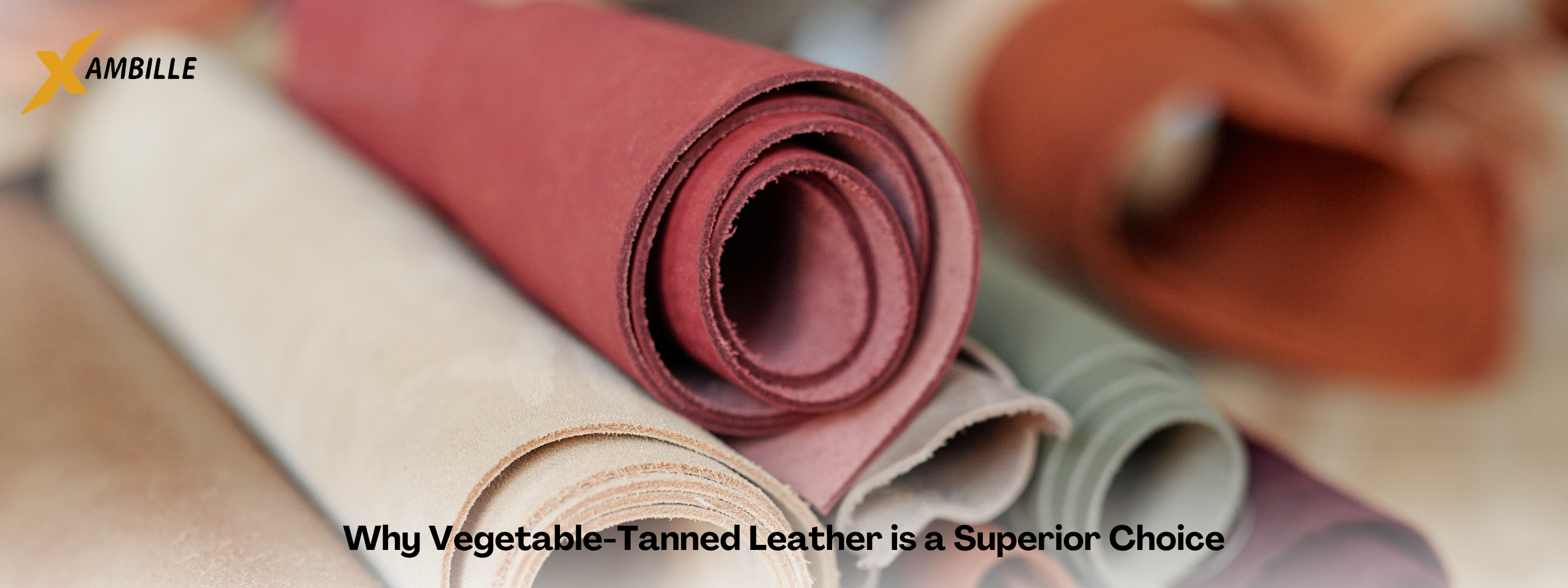
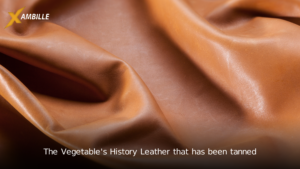
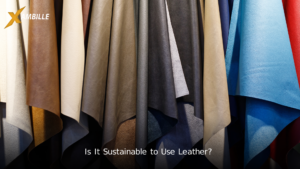
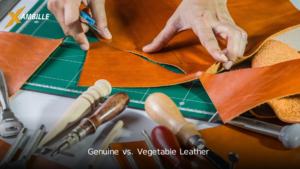
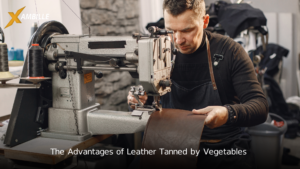
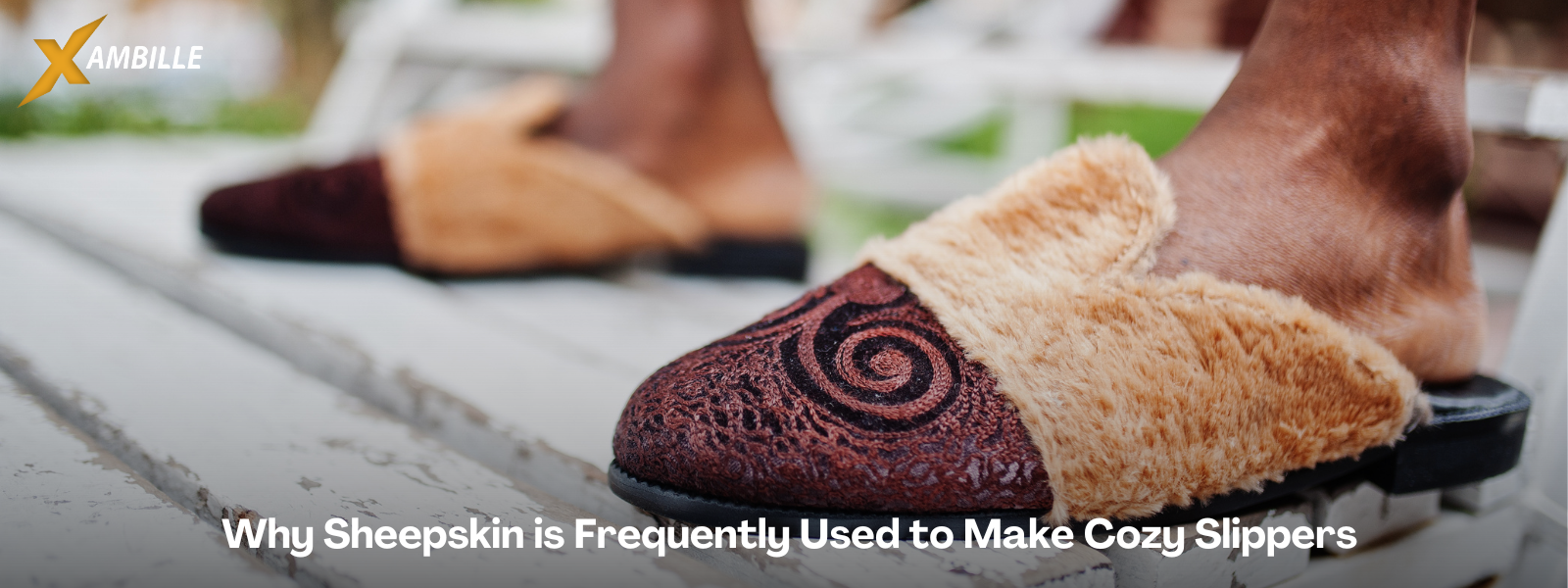

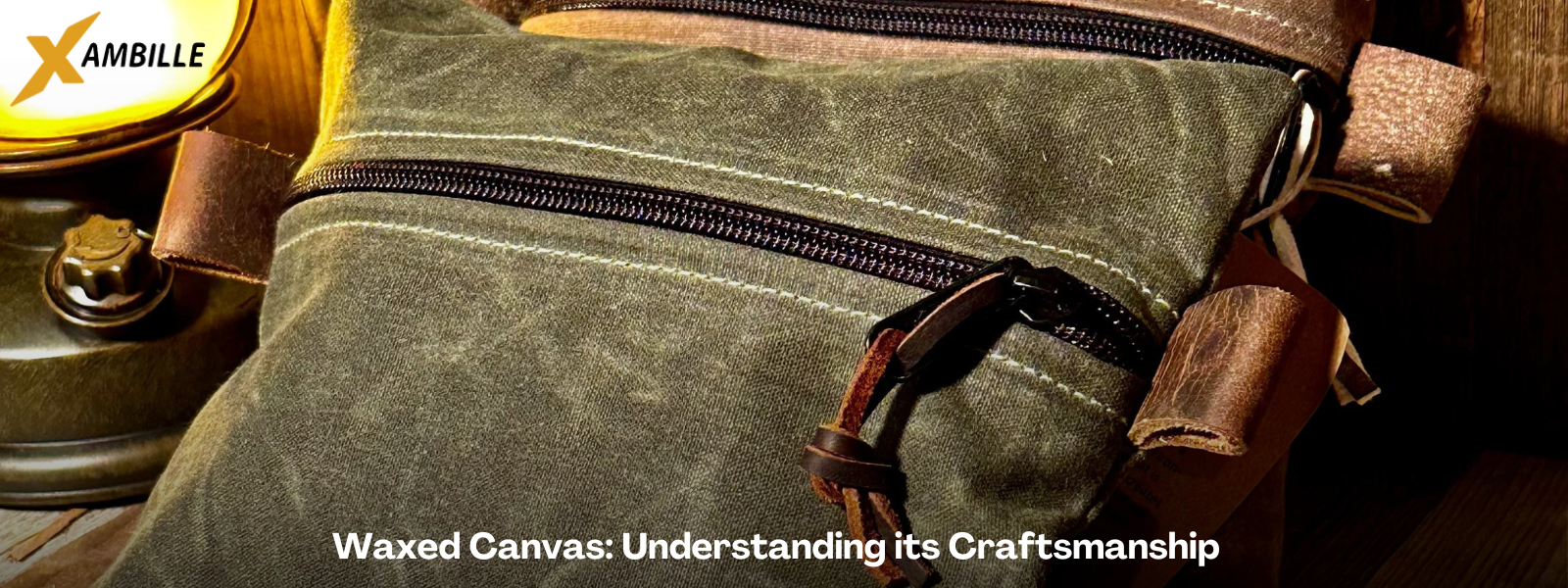
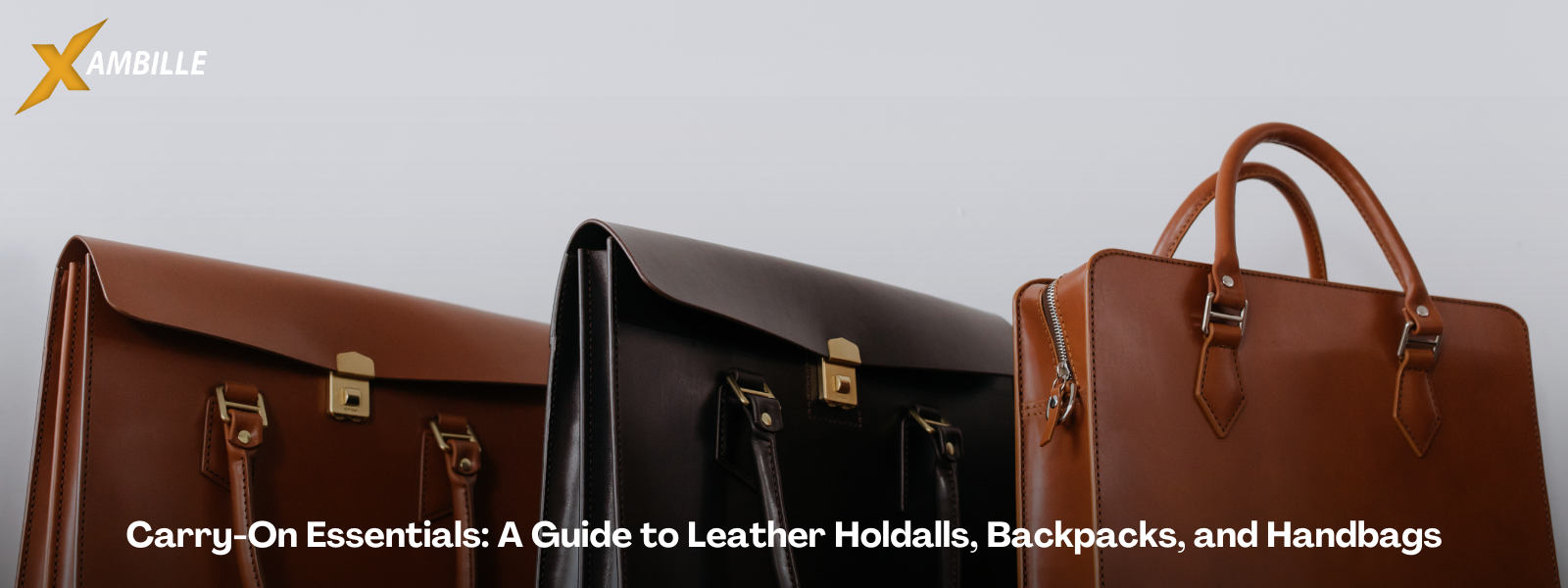



Leave a comment